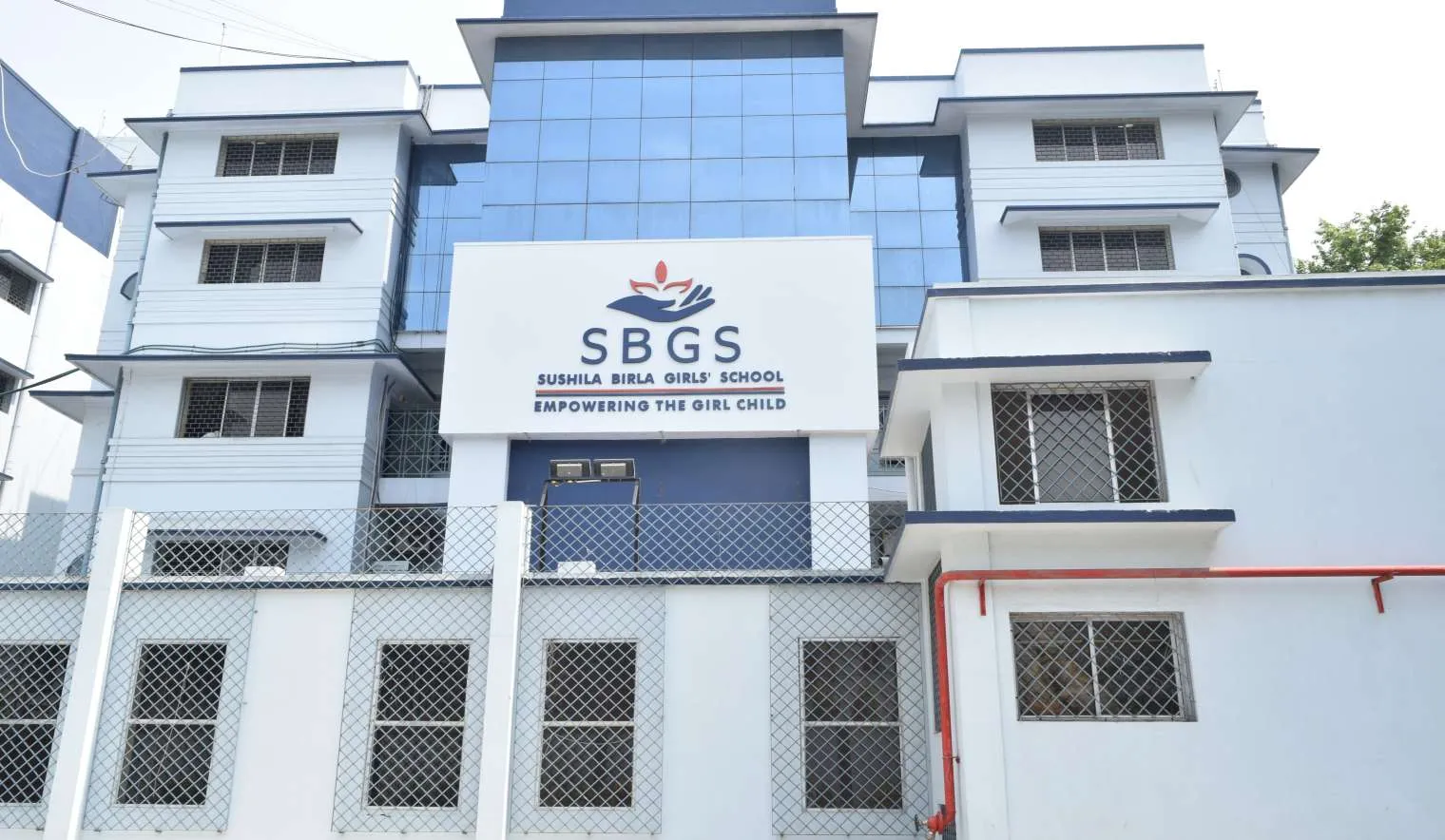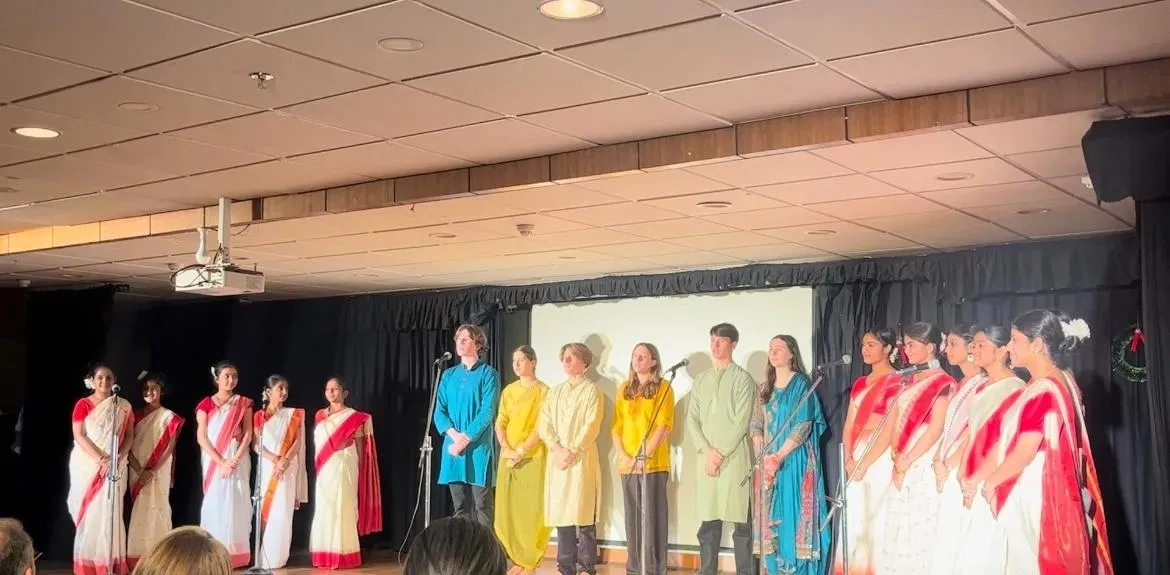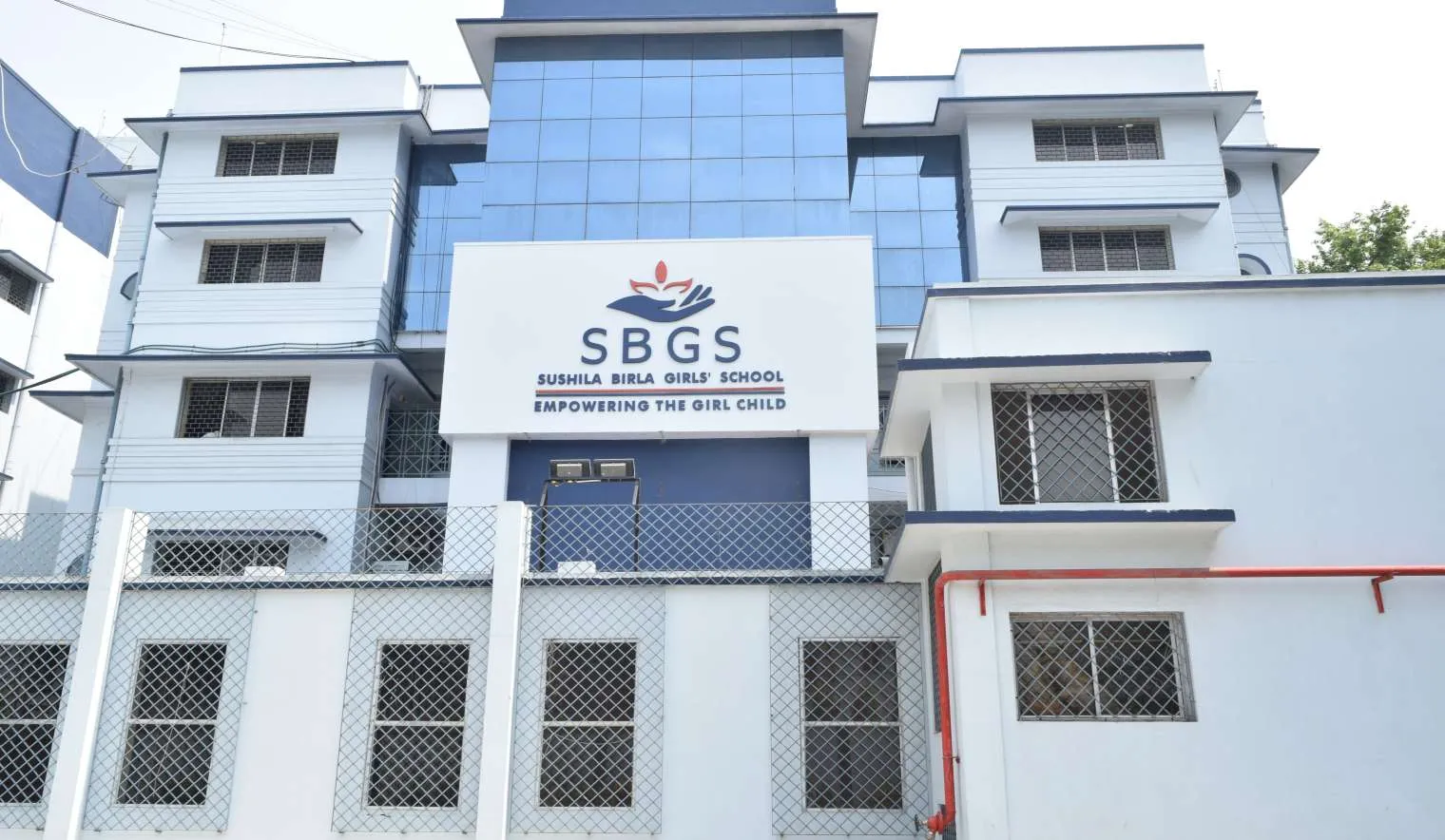Emotions withheld (about the emotions people are reminded of while looking at the imprints cast by the bomb. These imprints are not only limited to the shadow but memories as well.)
- Category: Barbie and Oppenheimer
- Posted By: man@webspiders.com

NAME: Bhavya Mimani
CLASS: XI C2
August, 1945
A year of destruction.
A month of chaos.
A day where all was lost.
A moment when humanity ceased to exist.
Arms were scathed, bodies dissipated into thin air, and loved ones were gone within the flick of a switch.
It was just a warning for them. A warning to show a glimpse of the power they withheld. Power that destroyed the lives of those who never got to see the world. Lives of those who never became fathers. Lives of those who left behind their daughters.
To date, the effects of the atomic bomb have scarred people, but there are reminders scattered around the city in the form of shadows imprinted on walls, stairwells, stonehenges, and several others. These imprints hold no material importance but rather evoke traumatizing memories that remind people of how life isn’t too long to live.
Yoshiro Yanawaki, the youngest of three brothers who survived, ran away with them, leaving behind their father in the rubble of a destroyed factory he worked in.
Emiko Okada, an eight-year-old at the time of the bombing, lost her twelve-year-old sister, who had gone to work.
Kumiko Arakawa, a twenty-year-old at the time of the bombing, lost her parents and four siblings, leaving her with the responsibility of being the breadwinner for the other four while dealing with the grieving loss of her family.
No onlooker has ever passed by such imprints without feeling the rawness of emotion seeping through them. The shadows, stories and people elicit a range of emotions in these onlookers, regardless of whether they have had personal experience with the war. These are snippets from the lives of those who lived through and survived the decade.
These are glimpses from the past. For students living a world apart in their fancy air-conditioned classrooms, it is perhaps difficult to relate to such events. Life and death, both are great equalizers. Although far removed from the bombings, it is the closeness with which one has seen death during the Covid years that made students respond to the bombings the way they did when they watched the film ‘Oppenheimer’. They met with the ‘destroyer of the world’ twice. Once in the recent past when the destroyer was called Covid 19 and once again in the distant past when it was called Oppenheimer.
"To succeed in your mission, you must have single-minded devotion to your goal." - Dr. APJ Abdul Kalam
Discover the Latest Happenings at Our School: Our Digital Bulletin Board





